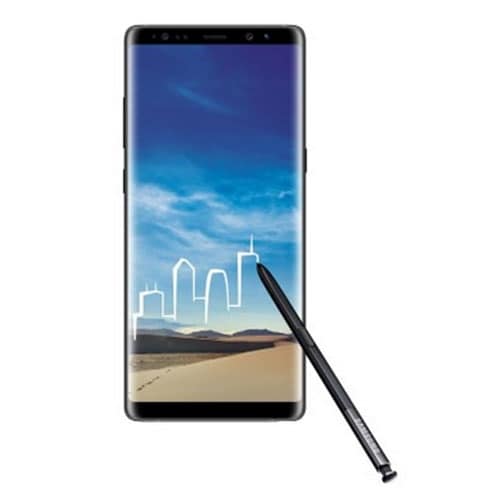Researchers from NASA and Caltech have identified a possible signpost for detecting giant exoplanets in orbit around young stars. The study focused on planets that were more than five times the size of Jupiter. Although the planets might be massive, they are so far away that it is difficult to detect them. The new research shows that if a star has a debris disk around it, then the possibility of finding a massive planet in orbit at a distance from the star increases.
Tiffany Meshkat, lead author of the paper says, "Our research is important for how future missions will plan which stars to observe. Many planets that have been found through direct imaging have been in systems that had debris disks, and now we know the dust could be indicators of undiscovered worlds."
The gas giants in our own solar system form not just one, but two belts of debris. Jupiter, the most massive planet in the solar system shapes the asteroid belt between Mars and Jupiter. Neptune is responsible for shaping the outer Kuiper belt. Many of the systems studied by the researchers also had two debris belts, but most of the studied systems were much younger than ours. The studied systems were up to one billion years old, while the solar system is 4.5 billion years old.
The age of the systems indicates why these systems have more matter in their debris belts than the solar system. The study shows that the likelihood of finding massive long period stars is nine times more in young stars with debris disks than those without.
The study has been published in The Astronomical Journal and has implications for future campaigns by telescopes to identify exoplanets, including the James Webb Space Telescope which NASA plans to launch in 2019.
Published Date: Oct 16, 2017 02:56 pm | Updated Date: Oct 16, 2017 02:56 pm

















